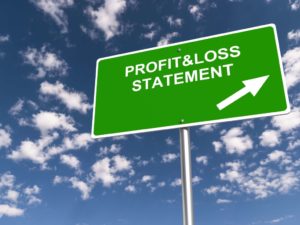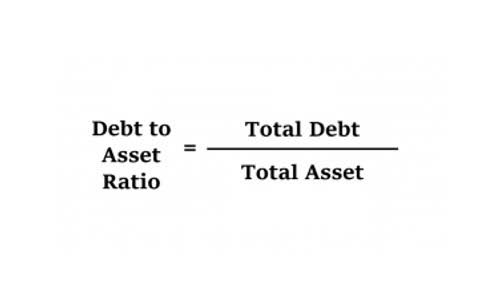
Products with higher contribution margins relative to production volume tend to be more profitable. This allows managers to focus efforts on the most profitable products. When setting prices, businesses must consider both covering variable costs and contributing towards fixed overhead. Variable costing data helps determine the contribution margin needed per unit to achieve desired profit goals. For example, if variable costs per unit equal $5 and desired fixed cost coverage equals $2 per unit, pricing should target a $7 contribution margin to break even.
- It separates out fixed costs to provide a clearer picture of the incremental costs of production.
- In that case, the cost of hiring them will pay off in the long run.
- For example, your rent may stay the same for several years but then increase when your lease is up for renewal.
- In addition, marginal cost can be used to make pricing decisions.
- It is determined by dividing the cost per unit by the number of units.
Adapting to Market Changes
Generally speaking, a business with high variable costs compared to its fixed costs will usually have more consistent profits. This results from having a lower break-even point and reduced fixed costs. Marginal costs are not considered fixed costs because, with fixed costs, there is no change in the cost of production unit over unit. Even if you create more units during a period, your production costs will remain the same if only fixed costs are involved.
- If the relevant range is fairly narrow, it could be called a “step-variable” cost (see video below).
- This is in stark contrast to fixed cost, which don’t budge even if you ramp up or scale down production.
- Use software tools to track expenses in real-time, which helps in making quick adjustments.
- An Economist in Bradleys Inc. is looking at the cost data of the company.
- Do you still have questions about variable costs and how they affect your business profitability?
- Companies with high variable costs may have lower profit margins but often reach their break-even point faster.
- By identifying areas where costs can be reduced, companies can lower their AVC and increase profitability, positively impacting metrics like the Burn Multiple and the Rule of 40.
Evaluating Product Profitability with Variable Costing
Being the company’s cost accountant, the manager wants you to determine whether the company should accept this order. There is typically a base amount that is incurred CARES Act even if there are no sales at all. Learn with practical examples, clear formulas, and actionable steps to improve your financial analysis.
Step 3: Calculate Total Variable Costs

Generally, packaging is a variable cost as it changes with the number of products produced. You have an average variable cost of $42 per unit, or ($600 + $450) x 25. We have learned what fixed cost is and how it is a vital part of your business.
Step 3: Apply the Formula
Let’s assume that it costs $10 in raw materials and $20 in direct labor to create a single t-shirt. Additionally, let’s assume there is a fixed business expense for the equipment used to print the shirt at $200. The table below outlines expenses based on Accounts Receivable Outsourcing the number of t-shirts made, or the variable in this equation.
Variable Costing vs. Absorption Costing

If your company accepts credit card payments from customers, you’ll have to pay transaction fees on each sale. This is a variable cost since it depends on how many sales you make (and what methods your customers use to pay). However, below the break-even point, such companies are more limited in their ability to cut costs (since fixed costs generally cannot be cut easily). In contrast, costs of variable nature are generally more difficult to predict, and there is usually more variance between the variable cost forecast and actual results. In the SaaS industry, incomplete or outdated data can lead to inaccurate AVC calculations, affecting pricing decisions and profitability.
Suzi could lose a lot of money ($1,700 per month) when she decided to stop running the company. A company only pays for shipping whenever it sells and sends out a product. The fixed cost list’s separate monthly totals are added together. During 2018, the company manufactured 1,000,000 phone cases and reported total manufacturing costs of $598,000 (around $0.60 per phone case).

What is average total cost vs. average variable cost?
While the company’s total fixed cost per unit declines from the increase in production volume, the total variable cost per unit is constant. Firms rely on variable cost accounting to determine fluctuations and to control cost per unit. For example, when a firm starts a new project, they try to project future expenses. In addition, raw materials, production costs, delivery costs, packaging, and labor tariffs are variable expenses.
